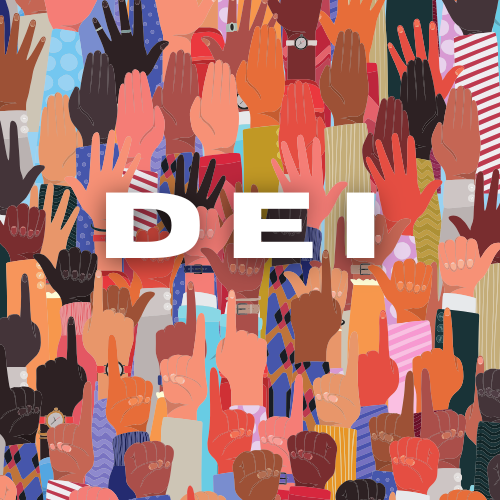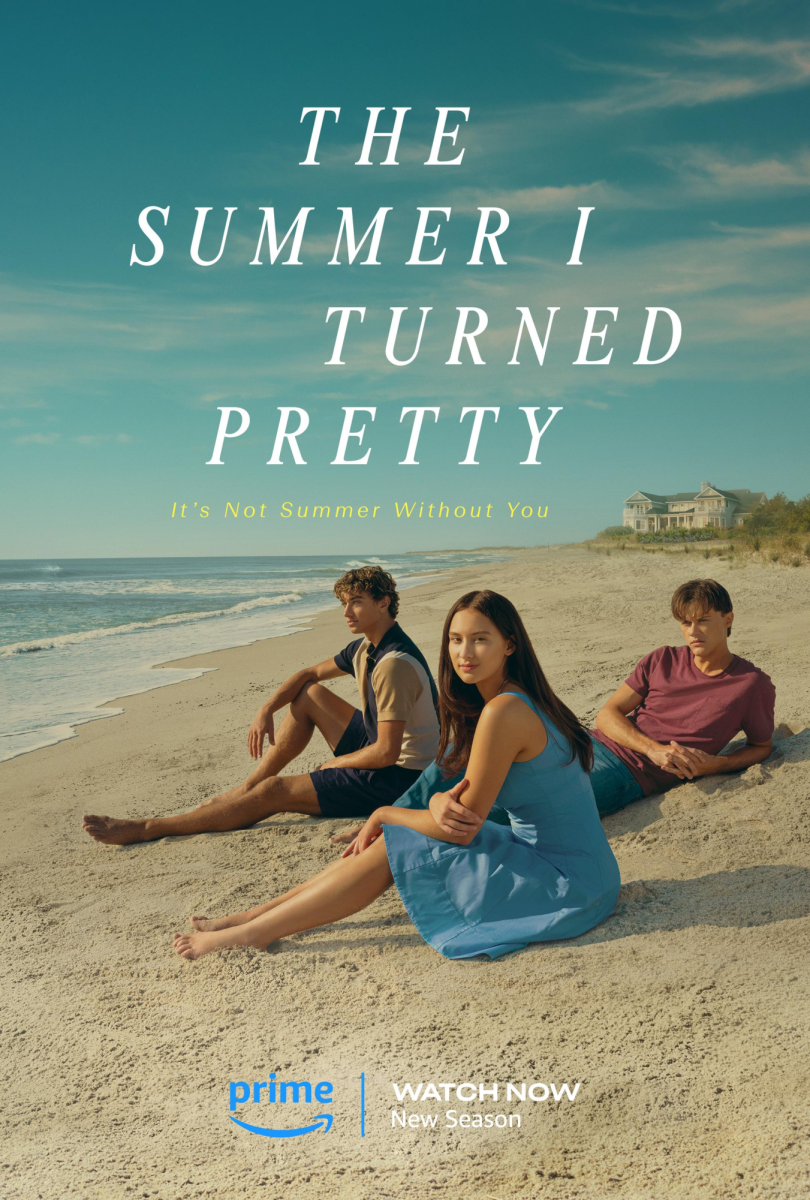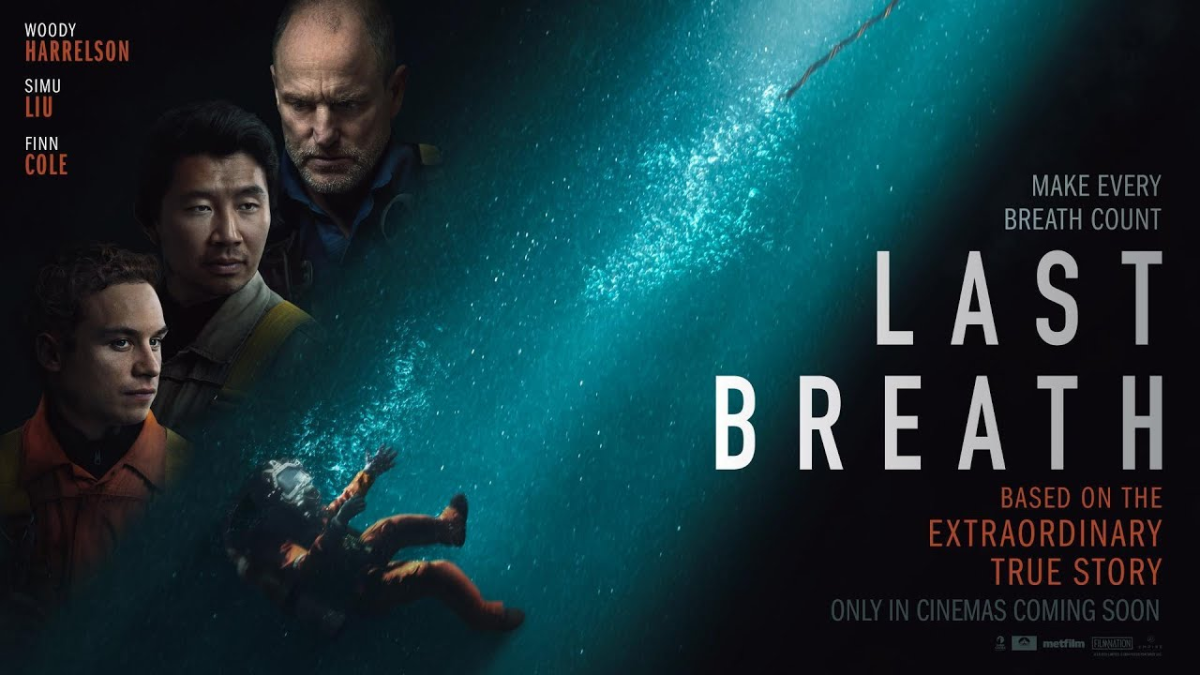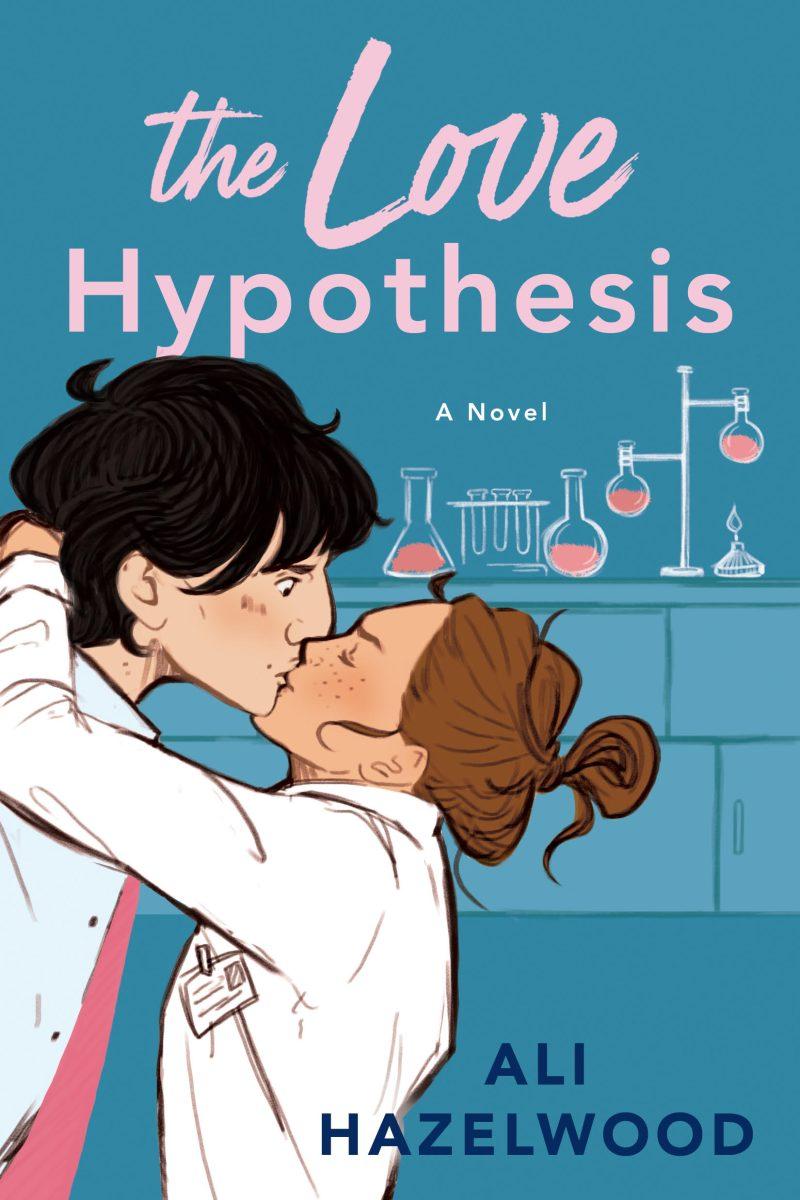(Photo from Goodreads)
This review contains spoilers.
I’m usually not one for rom-coms, but recently, a book about a biology Ph.D. student went viral on TikTok. It was called “The Love Hypothesis,” written by neuroscientist Ali Hazelwood. As a biology major, I was intrigued by the setting, and decided to give the book a try.
The plot centers around 26-year-old biology student Olive Smith, who is working on a thesis at Stanford University, and faculty member Adam Carlsen. They start and maintain a fake relationship due to a reason that is so unbelievably contrived that I tuned out any further justification of it in the book. Eventually, they develop real feelings for each other.
If you’re going to write about a relationship between a faculty member and a graduate student, the book should at least touch on the ethical issues involved. Some analysis on this front would have been so much more interesting to read, even if my feelings on the matter are set in stone. There is a reason why such relationships are not permitted or encouraged, but again, it would have at least introduced some unique elements.
Yet the matter was just waved aside because, apparently, Carlsen is not on Smith’s dissertation committee. I mean, big whoop. Presumably, if he’s such a brilliant star of the biology department, Carlsen still has a lot of influence over other faculty members and could conceivably derail Smith’s post-graduate plans. His entire reputation is based on failing graduate students’ theses, and the readers are supposed to believe that he will be completely out of the picture when it comes to hers?
The least interesting part of this book was the romance, which somehow managed to be both wildly inappropriate and yawn-inducing. So, let’s talk a little bit about the biology education.
In my opinion, the funniest part of the book is when Smith’s lab-mates let her go first to use the centrifuge and microscope because she’s dating Carlsen, and they’re scared of him failing their proposals. I don’t know if the author meant this to be as unintentionally hilarious as it was, but I couldn’t stop cracking up — if only lab work was this easy.
As a biology student at NJIT, though, I take extreme offense to Smith complaining about not having enough reagents at Stanford University. As of 2021, its endowment is $36.3 billion dollars annually. Do you know what NJIT’s annual endowment is? It’s $170 million. Somehow, our labs still manage to purchase antibodies and ELISA kits.
One of the most glaring holes in the plot — which is saying a lot for a book with a story resembling Swiss cheese — is how Smith suddenly has to switch labs for her Ph.D. dissertation. I completely understand that students run into unforeseen circumstances during this period, which lasts an average of five years for biology doctoral students. My own mother got a new advisor two years into her Ph.D.
However, I don’t think this would happen for the reason offered in the book, which is that Smith’s advisor is retiring; this is also supposed to explain why the lab cannot afford basic supplies. To that, I say: what kind of faculty member would take on a Ph.D. student when they know they will be retiring in the near future? Retirement, unless it’s because of something unexpected, is usually something that principal investigators plan for.
This would have been such a good opportunity to bring up issues that real doctoral students face, such as not having the right mentor or not aligning with the kind of work that they do. Having the maturity and courage to understand what her project required — and taking the step of changing advisors — would have added to Smith’s character. Instead, Hazelwood provided an extremely flimsy excuse that made the plot feel even more contrived.
This might be me nitpicking, but there is a moment in the book that irritated me beyond belief. When Tom Benton, Smith’s potential new mentor at Harvard, arrives at Stanford, he asks her why she cares so much about studying pancreatic cancer. When she answers, he doesn’t accept her response, saying, “There must be a reason you’re so motivated. Did someone close to you have cancer?” To this, Smith responds that her mother had cancer. Then, even more unbelievably, Benton asks, “Did she die?”
Obviously, this entire convoluted setup is meant to bring the love interests closer together. However, I was extremely annoyed by the idea that someone can only care about their research if they were personally affected by it. What about the intellectual challenge? Or the fact that pancreatic cancer has one of the lowest survival rates of any malignant growth?
I think this book is probably suited best for people who aren’t involved in academia at all. This is because it’s just so unrealistic that it’s almost unreadable. Needless to say, the characters are all one-dimensional and either boring or extremely off-putting — often both. The best thing I can say about this novel is that I didn’t spend any money on it. One out of five crabs from me, and even that is because of the centrifuge part.
1/5 Crabs




























